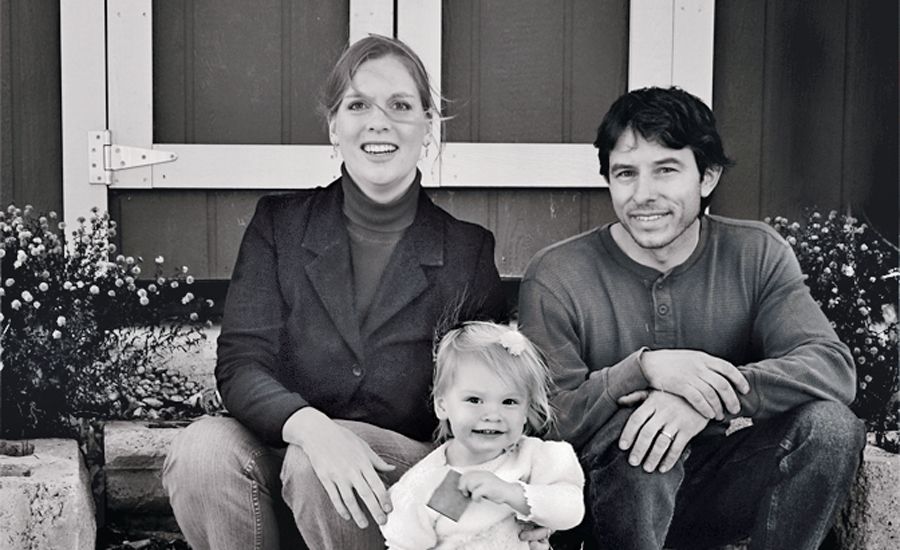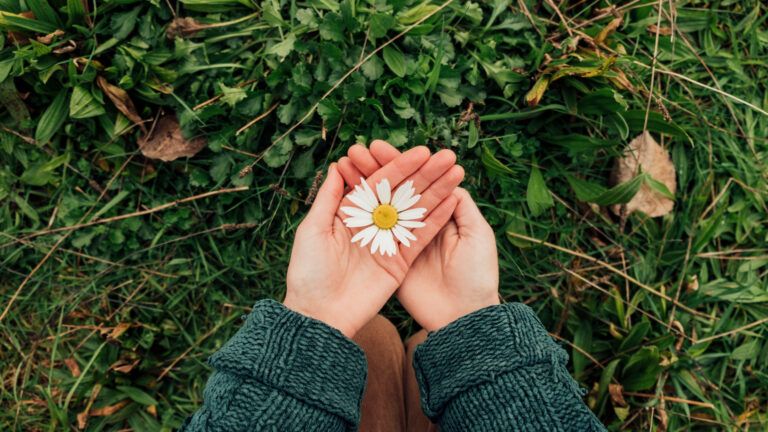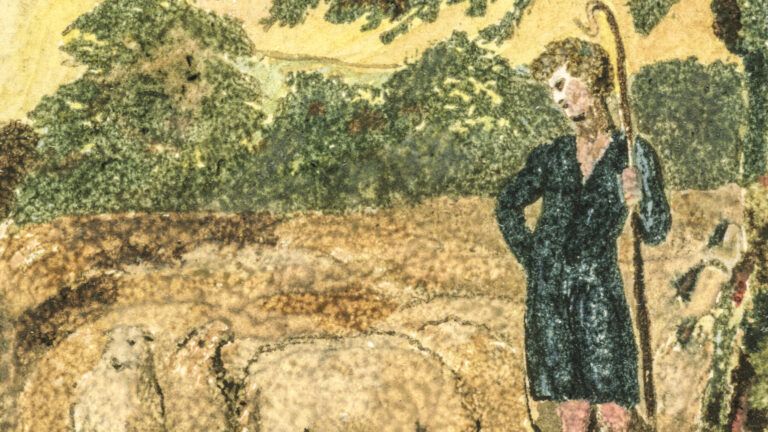It was well after midnight when I stepped out of the taxi onto the Alaska Pacific Seafoods parking lot in Kodiak, Alaska. A whipping wind drove snow into my eyes and I shivered in the single-digit temperature.
“Here ya go,” the taxi driver said as he hauled my gear out of the trunk and dropped it in the snow. He climbed back into the cab and drove away. “Wait!” I wanted to shout. “Don’t leave me here. I can’t do this crazy job after all!”
But the taxi’s taillights disappeared into the darkness. I’d never been on more than a ferryboat in my life. What on earth had I been thinking when I signed up for a job monitoring catches on fishing boats in the Gulf of Alaska?
Back home in Montana, the online ad had sounded perfect: “Wanted: biologists to collect regulatory data aboard commercial fishing vessels.” I had a biology degree. And my husband, Jim, and I desperately needed the money.
As newlyweds we’d moved out West and bought a fixer-upper in a small town in the rolling hills of central Montana. Both of us had a soft spot for old construction, and our turn-of-the-century bank building certainly fit that bill.
We were charmed by the Old West façade, the wagon-wheel window. But it didn’t take long for bills to roll in. New roof. Foundation work. Siding. Insulation. Then the furnace died.
Jim’s start-up business—servicing microscopes—wasn’t taking off. Every house repair left us deeper in debt. At least Jim knew construction. He could replace roofs and dig foundations. I couldn’t even start a fire in our woodstove without his help. Every day I felt more useless. The stress and sense of failure were unbearable.
Especially because just a few years earlier, I’d prided myself on my independence. My dream to move to Montana had been born during a cross-country trip I’d taken with a college friend in a rented minivan we nicknamed Weezy. Not long after we married, Jim and I spent a summer with a forest-service crew in Montana, clearing trails.
What had happened to that girl who’d hiked rugged mountains, lugging axes and crosscut saws? Maybe it was her—the intrepid adventurer I’d given up for dead—who’d leaped at the Alaska job. Or maybe I’d been scouring those online want ads looking for an escape, far away from broken furnaces, mounting debts and my feelings of fear and uselessness.
Maybe it was myself I was running away from. I’d prayed to God for help and nothing had changed. Maybe he thought I was useless too.
It wasn’t as if this Alaska job was a hardship assignment. I’d been hired as a groundfish observer, monitoring catches of mostly bottom-dwelling fish like cod and pollock to ensure that Alaska’s fisheries remained sustainable.
The program, overseen by the National Marine Fisheries Service, included a three-week training course in Anchorage. The only thing not included in the training: actual time on a boat.
Of course, it’d help if I could find the boat. I stood in the pitch-black parking lot, imagining myself laughed off the vessel by no-nonsense fishermen.
I headed toward some lights in the distance, lugging my sampling gear behind me. The lights came from a small fishing trawler. A fisherman was lowering supplies onto the deck with a crane.
“I…I’m looking for the Sea Mac?” I said, trying to keep my voice steady.
“This is it,” the man answered, swinging down from the crane. He hoisted my gear on board. I had no choice but to follow. I grabbed the freezing rungs of a metal ladder leading down to the deck. I tried not to think about the dark water lapping below. Soon the lights of Kodiak were blinking past as we steamed out of port.
A fisherman showed me to my bunk. We passed a tidy kitchen with a large TV mounted on one wall and a small washing machine in a corner. Doors were held open with large hooks. He stepped inside the boat’s bathroom and picked up a bucket. “You’ll need this,” he said, handing it to me.
It didn’t take me long to find out what he meant. As we made our way into the gulf, 20-foot seas sent me straight to my bunk. I lay there, head suspended over the bucket, feeling sicker—and more homesick—than I’d ever felt in my life.
The following day, the seas calmed a bit and so did my seasickness. I ventured onto the deck. The air was sharp, and we were moving up a channel between two snowy, mountainous islands with rocky beaches. Here and there the white heads of bald eagles stood out against dark fir trees. For a moment, the immensity and grandeur of it all almost made me feel brave.
Almost. That night, the fishermen hauled from the water a huge net bulging with writhing, silvery fish. They emptied the net into the trawl alley, a large containment area on deck with openings to holding tanks below.
Tonight I was just observing, learning how the boat worked so I could start collecting data in the morning. There were so many fish! Their white bellies flashed in the boat’s sodium lights. I stood there petrified in my brand-new orange rain gear as the men scurried around. I might as well have been right back home. I was useless.
The following morning, just before sunrise, a knock came on my door. “We’re hauling,” a voice called. I gathered my courage, put on my rain gear and walked onto the deck. Freezing spray greeted me. I stumbled as the boat’s stern dipped.
I caught my balance just as the net emerged from the water, groaning with fish. The fish spilled onto the deck, quickly filling the trawl alley. I lifted a gate on a small, waist-high sample bin connected to one side of the alley, and fish flowed into the bin. I was kneedeep in fish before I finally managed to close the gate. I had to identify, sort, measure and weigh every single one of those fish. Hands shaking, I pulled out my scale, braced myself against the side of the bin and got started.
By the time I finished, every part of me stank and my fingers were numb. But I’d done my first sample. I headed back to my bunk giddy with relief.
The next day was the same, and the day after that. In all, I was in Alaska for six months, on five different boats. Each voyage I got a little more confident, a little faster at processing samples. At last, I sat across the desk from a National Marine Fisheries Service debriefer, chewing my lip. This was where my work would be analyzed for even the slightest error.
I’d heard horror stories of debriefers tossing months of painstakingly collected data because the observer had unwittingly introduced statistical bias into samples. The debriefer handed me my evaluation. “Good job,” he said with a smile. I wanted to jump up and hug him.
After a long plane and train ride, I stood with Jim on the front steps of our old bank back in Montana. The July heat felt good on my sun-deprived shoulders. Yet a shiver ran through me as I reached for the doorknob. All of a sudden, I felt the confidence I’d gained in Alaska begin to evaporate.
Through the window I could see a towering mound of insulation. Our house was still a construction zone. And we were still deep in debt, despite what I’d earned as a fisheries observer.
I thought back to my first night in Alaska, when I’d stood watching the taxi lights recede, feeling helpless and scared. Was that the real Erin? I wondered. Was the Erin who drove Weezy across the country and waded into a bin full of Alaskan pollock just an aberration? This endless renovation, our debts—this was real life.
But then another image came: Me, emerging onto the deck of the Sea Mac and feeling transported by the sight of snowy crags and the white heads of bald eagles silhouetted against dark fir trees.
It was as if God was saying, Look again, Erin. Not just at the landscape. But at myself. What would I see if I looked at myself with God’s eyes, alert to the goodness of his creation? I was part of that creation too.
I opened the door and stepped inside. It turned out that pile of insulation was left over from the new loft Jim had added while I was gone. A whole project done! Only cleanup remained—one renovation job I knew how to do.
And I tackled more after that. Let me tell you, spending six months up to your knees in fish makes nailing two-by-fours seem like a piece of cake. Bit by bit our old bank became a home. Jim’s microscope business grew. We paid off our debts.
I’d gone to Alaska seeking a paycheck, maybe even an escape. I’d found myself—or I guess you could say God found me. He showed me the Erin who’d been there all along. Competent. Confident. At home in his beautiful, bountiful creation.
Download your FREE ebook, The Power of Hope: 7 Inspirational Stories of People Rediscovering Faith, Hope and Love.





